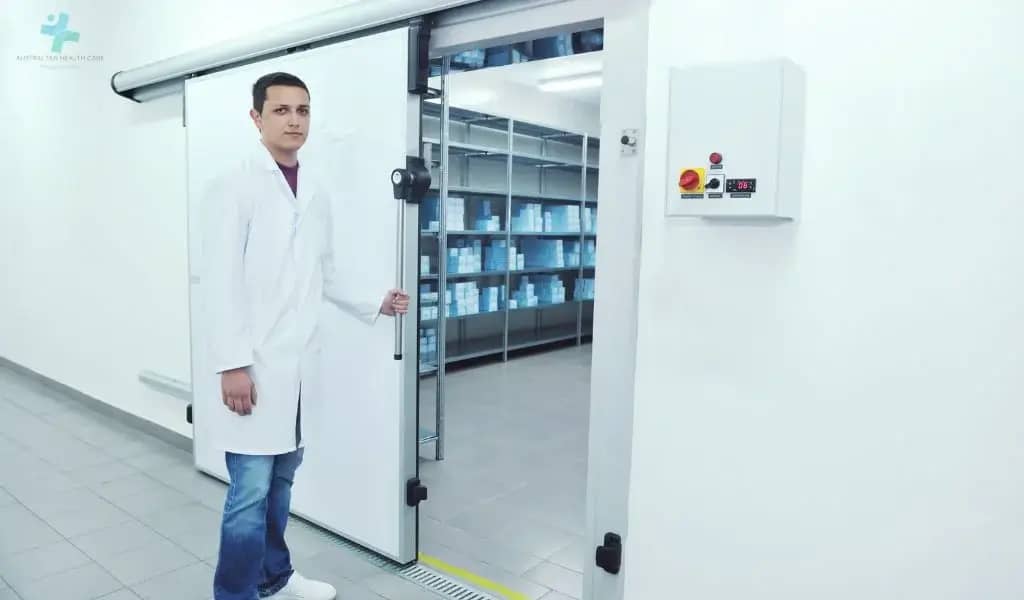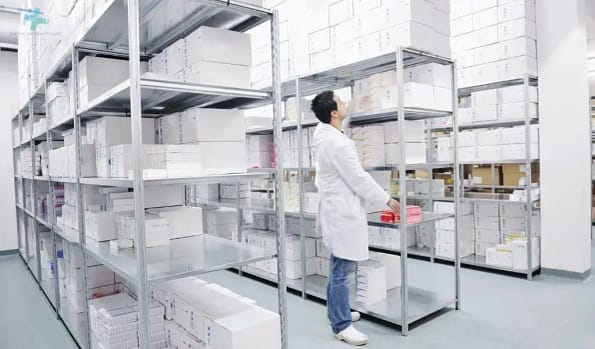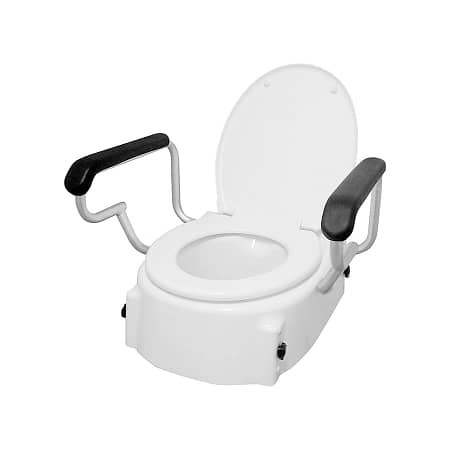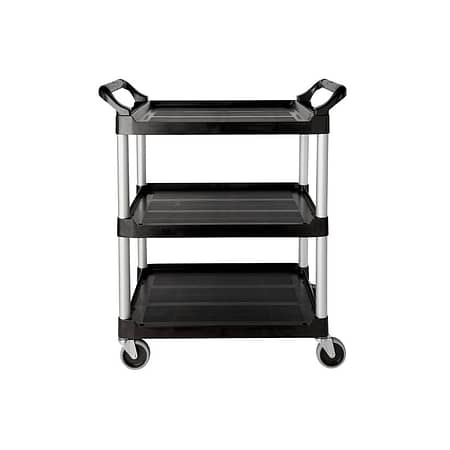What are the best practices for storing and organizing clinical supplies and equipment in a healthcare facility?
Proper storage and organisation of clinical supplies and equipment in healthcare facilities are paramount for ensuring efficient operations and enhancing patient care. By adhering to best practices in the management and arrangement of these vital resources, healthcare providers can significantly reduce the risk of errors, improve safety standards, and streamline processes. This, in turn, leads to a more responsive healthcare environment where clinical staff can access necessary supplies and equipment swiftly, ensuring timely patient care.
The benefits of such meticulous organisation extend beyond operational efficiency; they also play a crucial role in maintaining the integrity of clinical supplies, ensuring they remain in optimal condition until needed. Implementing these best practices is not just about compliance; it’s about fostering a culture of excellence in healthcare delivery, where every aspect of the facility’s operation contributes to superior patient outcomes and overall safety.
Understanding the Basics of Clinical Supply Management
Categorisation of Clinical Supplies and Equipment
Effective storage and organisation begin with the categorisation of clinical supplies and equipment based on their specific storage requirements, such as temperature, humidity, and sterility. This ensures that each item is stored under optimal conditions, maintaining its integrity and readiness for use.
Regulatory Standards and Compliance
Adherence to healthcare regulations and compliance standards is non-negotiable. Facilities must stay updated on the latest guidelines for storage, handling, and documentation to ensure patient safety and avoid legal complications. This includes following protocols set by health authorities and accreditation bodies.
Inventory Management Fundamentals
Embracing proven inventory management techniques, like the FIFO (First In, First Out) and LIFO (Last In, First Out) methods, helps in minimising waste and ensuring the use of supplies before their expiration. Effective inventory management is crucial for maintaining an adequate stock of essential items without overstocking or understocking.

Best Practices for Storing Clinical Supplies
In the healthcare industry, the proper storage of clinical supplies is not just a matter of organisation; it’s a critical component of patient care and safety. Efficient and effective storage solutions can significantly impact the quality of service provided by healthcare facilities. Here are concise yet comprehensive strategies for optimising the storage of clinical supplies:
Optimising Storage Conditions
The integrity and usability of clinical supplies often depend on the conditions in which they are stored. To ensure these supplies retain their efficacy and are safe for patient use, healthcare facilities must:
- Maintain Proper Temperature and Humidity: Different supplies require specific storage conditions. For instance, pharmaceuticals may need refrigeration, while other items might require dry conditions to prevent degradation.
- Control Light Exposure: Some materials are sensitive to light and must be stored in dark or opaque containers to preserve their quality.
- Regularly Monitor Storage Environments: Use digital sensors and alarms to maintain and track the environmental conditions, ensuring they remain within the required parameters.
Secure and Accessible Storage Solutions
Security and accessibility are paramount when storing clinical supplies. Implementing systems that protect supplies from unauthorised access while ensuring they are readily available to authorised personnel is essential:
- Install Lockable Cabinets and Secure Storage Areas: This prevents theft and tampering, ensuring that supplies are only accessed by those with the appropriate permissions.
- Implement Key Card or Biometric Access Systems: These systems can provide an added layer of security and also track who accesses the storage areas and when.
- Organise Supplies for Easy Accessibility: Use labelling and categorisation to make it easy for staff to find what they need quickly, without having to search through unrelated items.
Utilising Space Efficiently
Space is often at a premium in healthcare settings, making efficient use of available storage areas critical:
- Adopt Vertical Storage Solutions: Utilise tall shelving units and stackable bins to make the most of vertical space, freeing up floor space for other uses.
- Use Modular Shelving and Drawer Systems: These can be reconfigured as needs change, allowing for the flexible arrangement of supplies according to size, frequency of use, and other criteria.
- Implement Mobile Storage Units: Carts and trolleys can be used to move supplies closer to where they are needed, reducing the time and effort required to access them.
By adhering to these best practices, healthcare facilities can ensure that their clinical supplies are stored in a manner that maximises quality, safety, and efficiency. This, in turn, supports the provision of high-quality patient care, with supplies that are in optimal condition and can be accessed quickly and securely as needed.

Organising Equipment for Optimal Accessibility and Safety
Ensuring optimal accessibility and safety of equipment in healthcare facilities requires meticulous organisation, which can be achieved through clear labelling and signage, routine maintenance and inspections, and strategic emergency preparedness. Clear labelling and signage facilitate easy identification of equipment, significantly reducing the risk of errors and enhancing efficiency. Regular maintenance and inspections are crucial for ensuring that all equipment is in proper working order, thus maintaining a safe environment for both patients and staff.
Moreover, organising supplies and equipment for quick access in emergencies, including preparing for power outages, ensures that healthcare facilities are ready to provide uninterrupted care under any circumstances. These practices collectively contribute to a healthcare environment that prioritises patient care and safety through well-organised and readily accessible medical equipment.
Leveraging Technology for Inventory Management
Leveraging technology in inventory management transforms how healthcare facilities track and manage clinical supplies and equipment, ensuring optimal stock levels and operational efficiency. Digital inventory tracking systems provide real-time visibility into inventory levels, enabling proactive management and reducing the risk of shortages or overstocking. Automated reordering systems further streamline the process by automatically placing orders for supplies as they reach predefined threshold levels, ensuring that essential items are always available without manual intervention.
Moreover, integrating these inventory management systems with other healthcare IT systems, such as electronic health records (EHRs) and supply chain management solutions, facilitates seamless operations across departments. This integrated approach not only improves the accuracy of inventory data but also enhances overall healthcare delivery by ensuring that the right supplies are available at the right time.
Conclusion
In conclusion, implementing best practices for storing and organising clinical supplies and equipment in healthcare facilities is essential for enhancing operational efficiency and ensuring the highest standards of patient care. By prioritising the optimisation of storage conditions, ensuring secure and accessible storage solutions, and utilising space efficiently, healthcare providers can significantly improve the management of their resources.
Moreover, leveraging technology for inventory management can further streamline processes, ensuring that supplies are adequately stocked and easily accessible. Healthcare facilities are encouraged to adopt these practices to not only meet regulatory standards and compliance but also to foster a safe, efficient, and patient-centered care environment. This holistic approach to storage and organisation underscores the commitment of healthcare facilities to excellence in patient care and operational effectiveness.





















